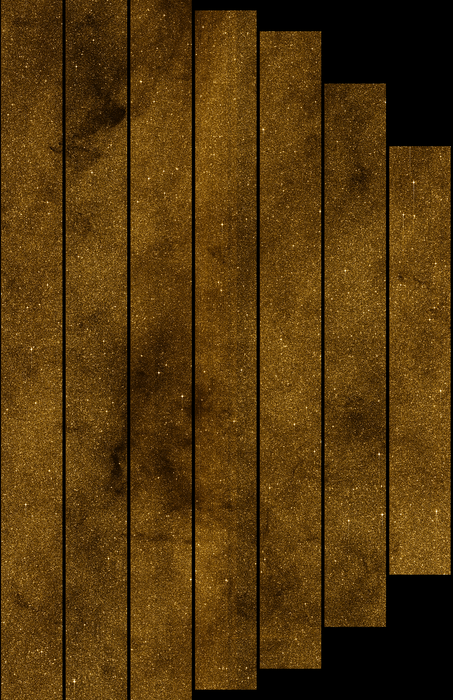3D Stellar Map: Neighboring Stars Could Disturb Solar System in Distant Future
A new time-lapse video of stars neighboring the Milky Way shows that these close-by stars have the potential to cause disturbances to the solar system as they travel over the next hundreds of thousands of years.
The European Space Agency's (ESA) Gaia telescope is on a five-year mission to catalog a billion stars from space, building a 3D map, and aims to show the true structure of the Milky Way galaxy. Gaia also monitors stellar properties, such as brightness, temperature and physical composition.
Gaia operates at a position in space known as the Lagrange-2 (L-2) point, where the gravities of Earth and sun balance each other out. Since the telescope is orbiting at a distance far beyond the moon's orbit, Earth's obstruction of the telescope's full night-sky view is minimized. This is an issue sometimes faced by telescopes in low-Earth orbit, like the Hubble Space Telescope. [Photos: Gaia Spacecraft to Map Milky Way Galaxy]

The new ESA video features the projected movements of over 300,000 stars. The video shows that as these stars travel over time, they could dislodge comets at the far end of the solar system if they pass within 37 trillion miles (60 trillion kilometers) of the sun. Sixteen stars will come within that distance in the next 5 million years, ESA officials said in a statement.

The space agency has its eyes on one stellar neighbor in particular, Gliese 710, according to the statement. In 1.3 million years, it is predicted to pass just 1.6 trillion miles (2.3 trillion km) from the sun. Although the star is well documented, Gaia is adding greater accuracy to Gliese 710's prediction models. In addition, Gilese 710 is expected to pass well within the solar system's reservoir of comets known as the Oort Cloud, located 9.3 trillion miles (15 trillion km) from the sun (about 100,000 times the distance from the sun to Earth). The comets could be nudged from their location by the gravitational influence of the passing Gliese 710, and sent into orbits inside the solar system.
After Gaia's initial 14 months, ESA released its first catalog of more than a billion stars, which included the motions and positions of 2 million stars. By combining Gaia's new data with existing information, scientists can plot out their trajectory up to 5 million years in the future, and more importantly, can note any that could someday pose a threat to the planets in the solar system.
Follow Doris Elin Salazar on Twitter @salazar_elin. Follow us @Spacedotcom, Facebook and Google+. Original article on Space.com.
Get the Space.com Newsletter
Breaking space news, the latest updates on rocket launches, skywatching events and more!
Join our Space Forums to keep talking space on the latest missions, night sky and more! And if you have a news tip, correction or comment, let us know at: community@space.com.

Doris is a science journalist and Space.com contributor. She received a B.A. in Sociology and Communications at Fordham University in New York City. Her first work was published in collaboration with London Mining Network, where her love of science writing was born. Her passion for astronomy started as a kid when she helped her sister build a model solar system in the Bronx. She got her first shot at astronomy writing as a Space.com editorial intern and continues to write about all things cosmic for the website. Doris has also written about microscopic plant life for Scientific American’s website and about whale calls for their print magazine. She has also written about ancient humans for Inverse, with stories ranging from how to recreate Pompeii’s cuisine to how to map the Polynesian expansion through genomics. She currently shares her home with two rabbits. Follow her on twitter at @salazar_elin.









